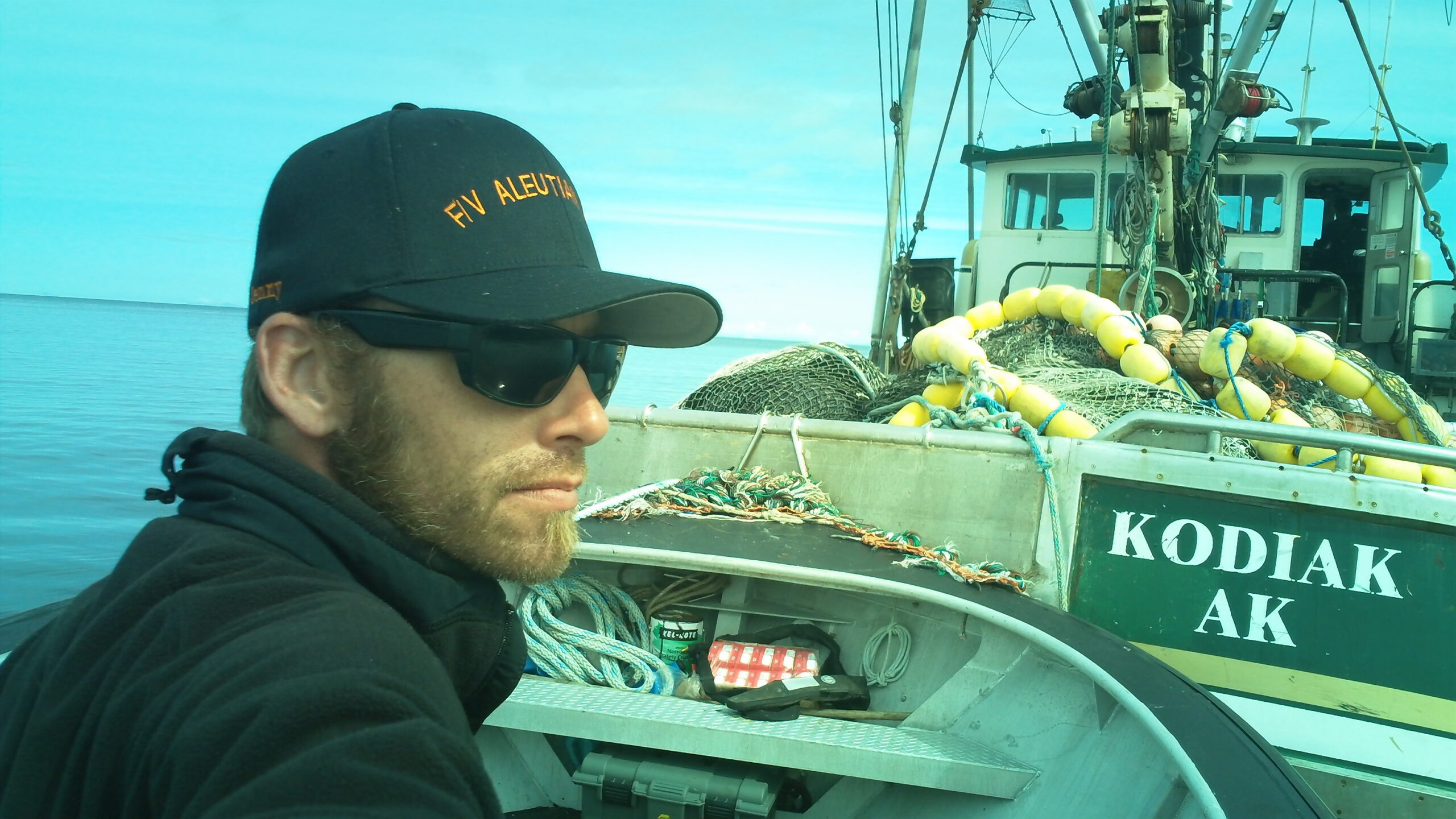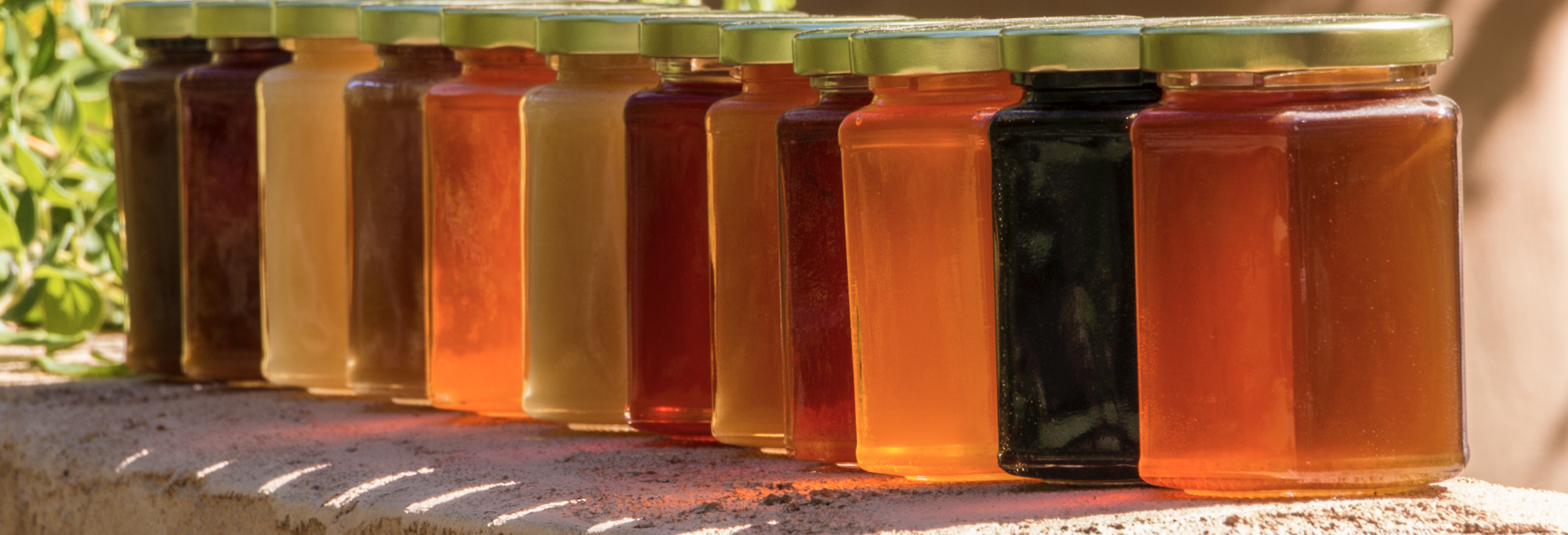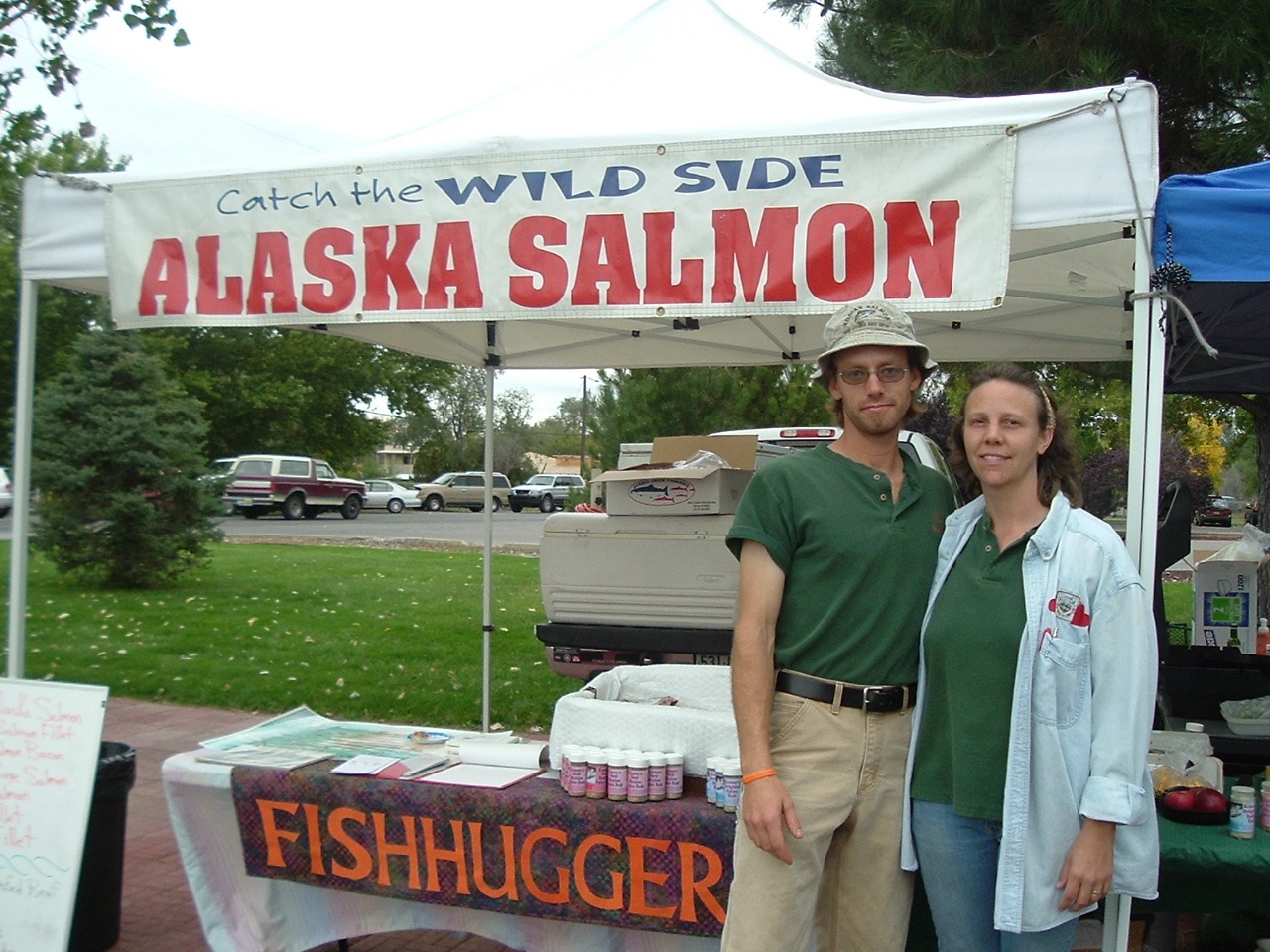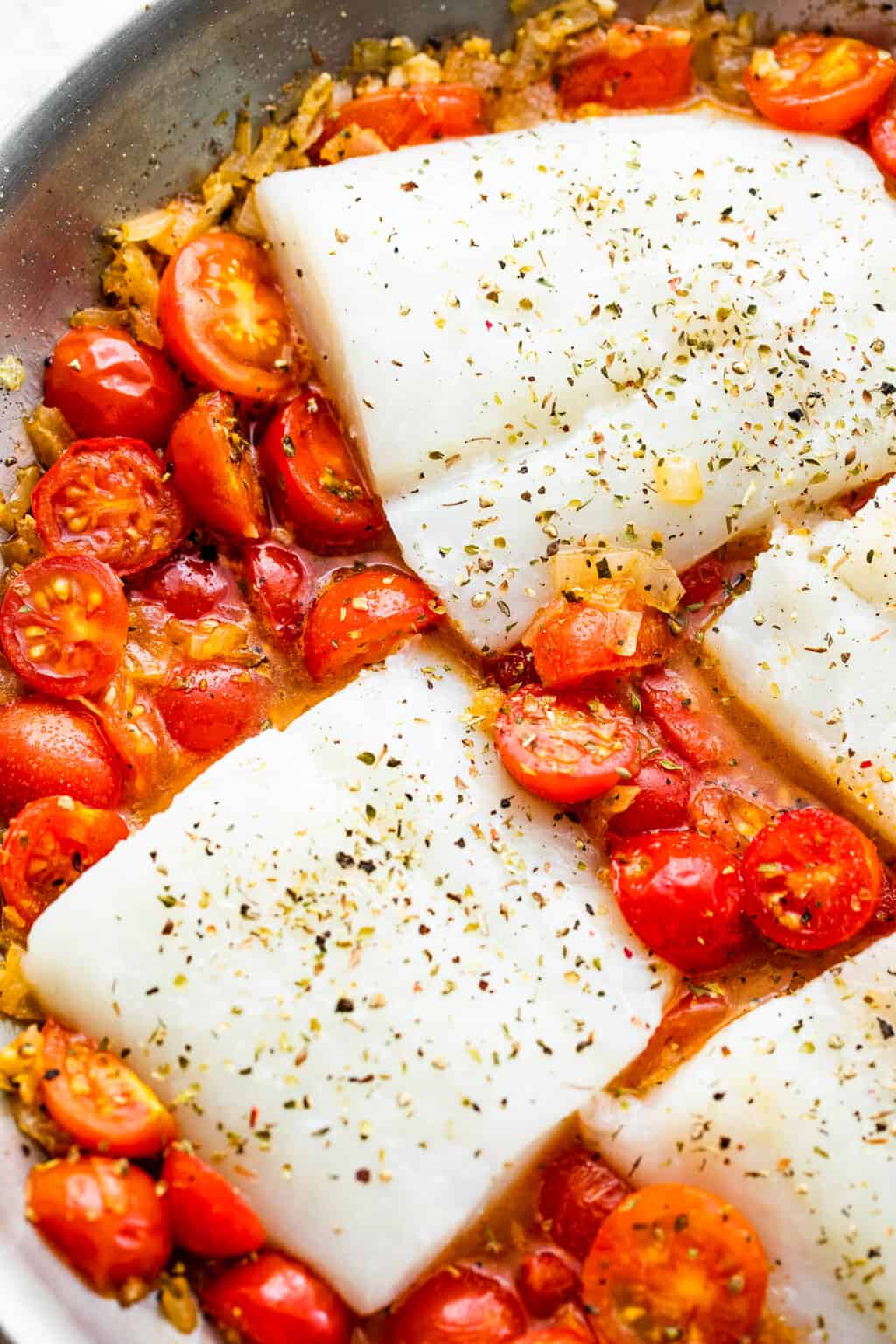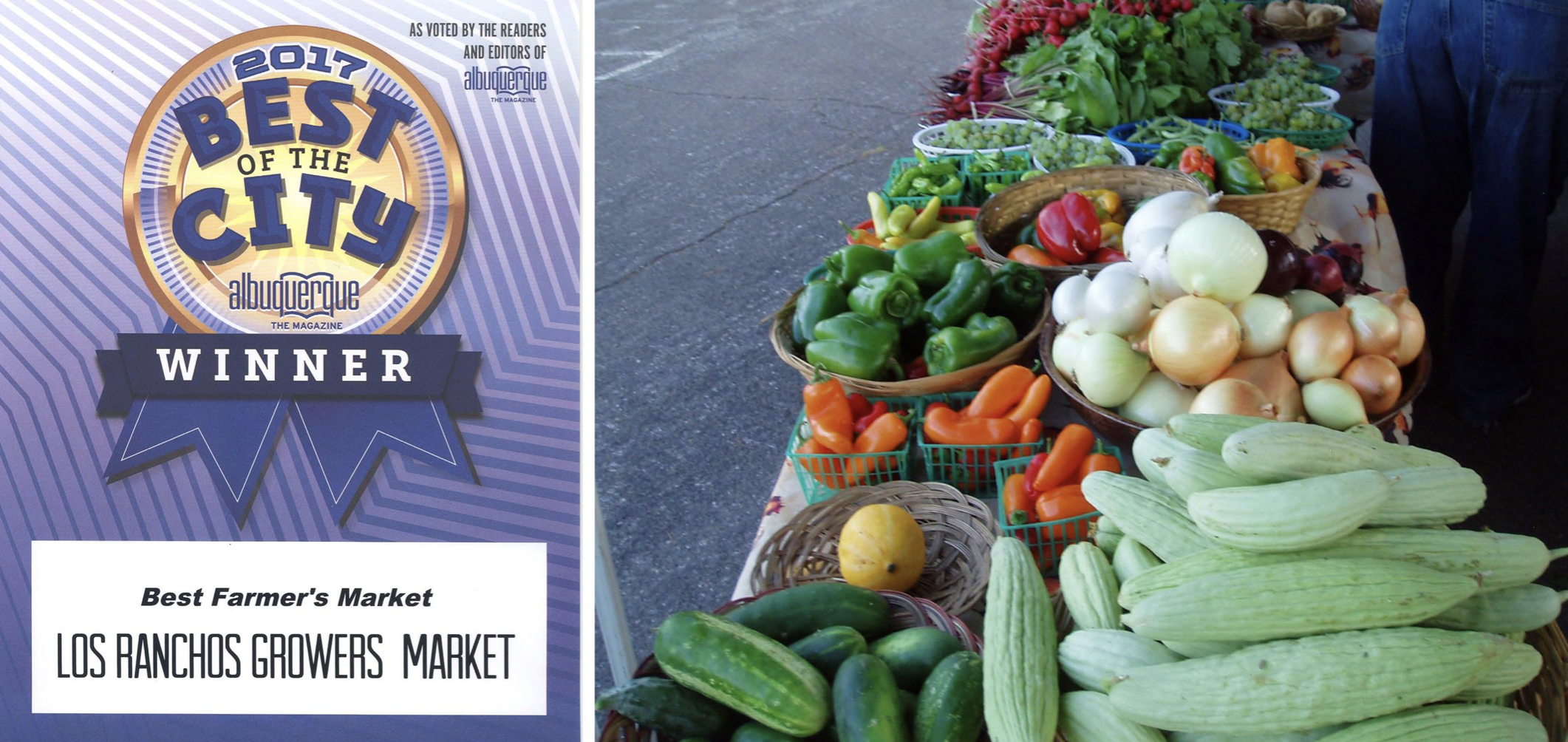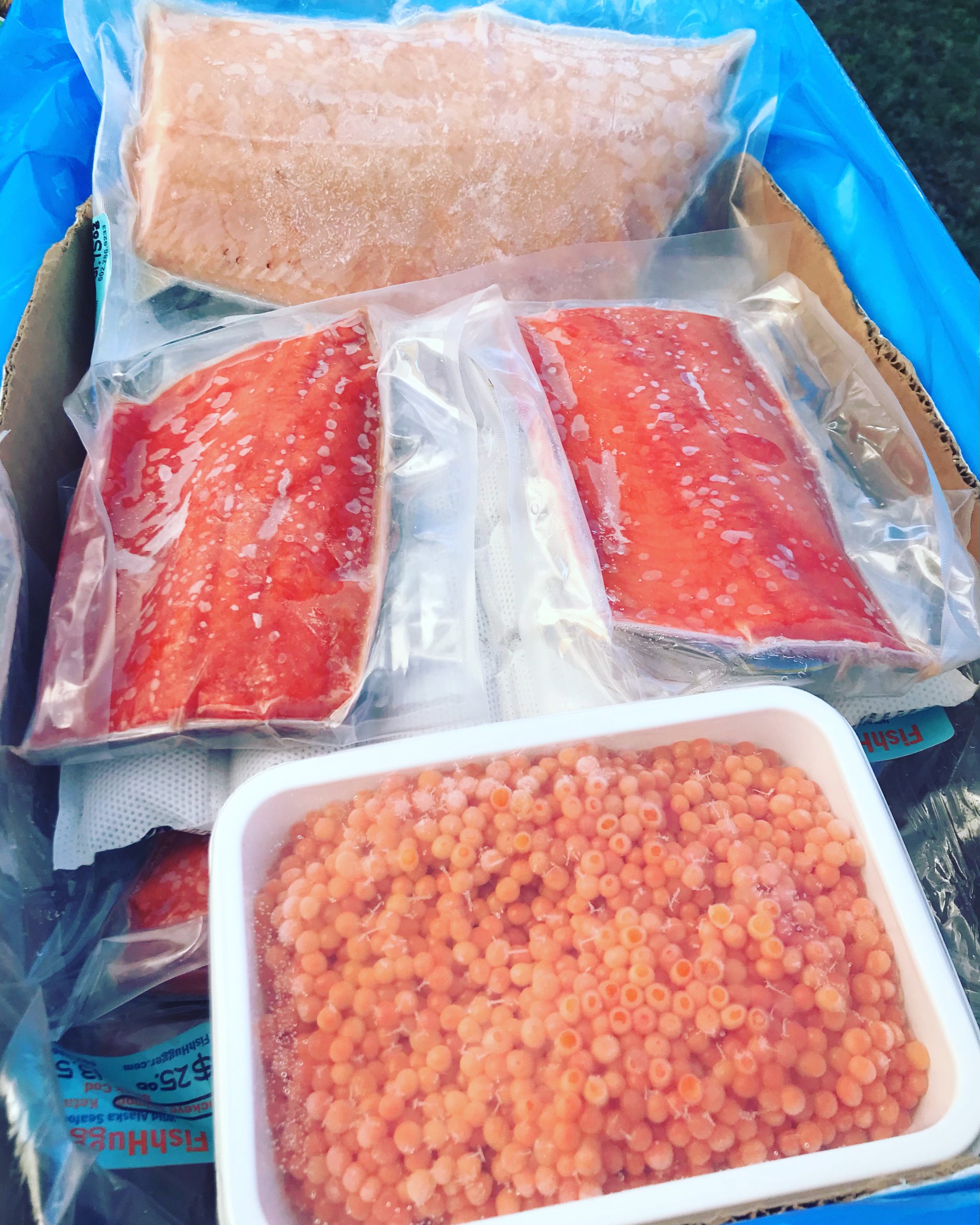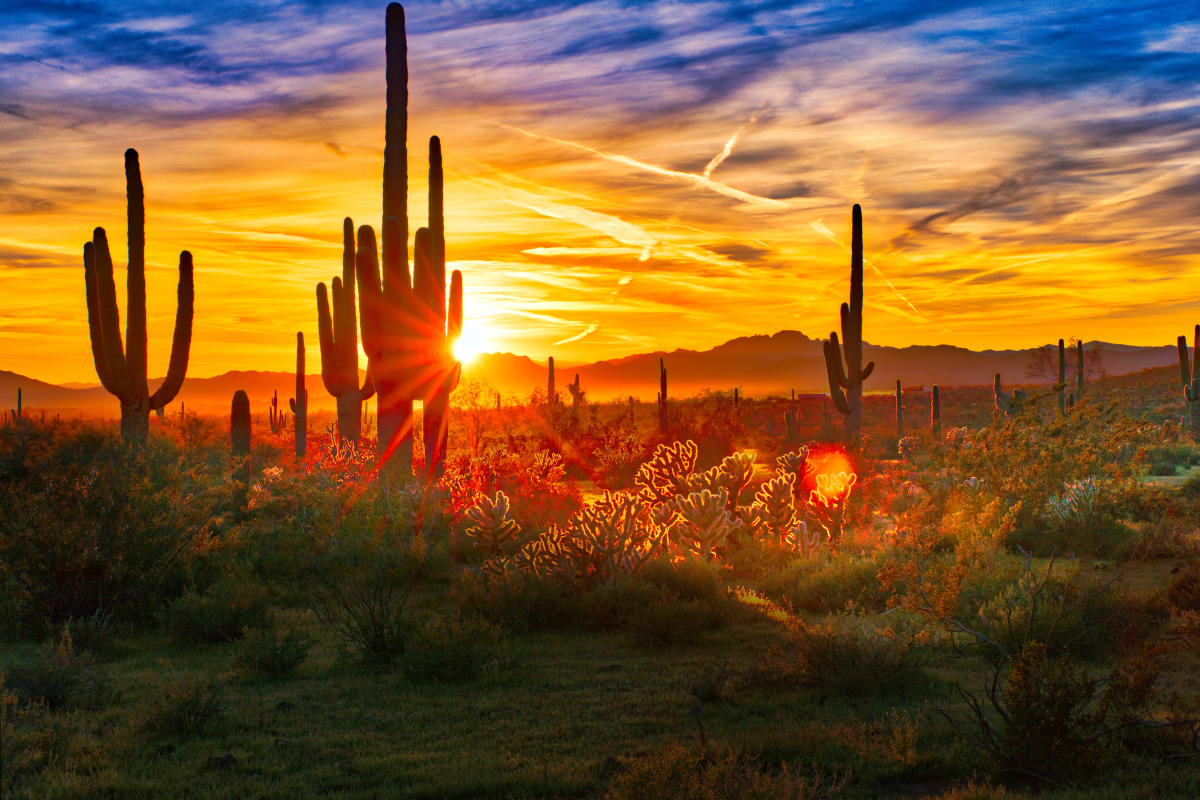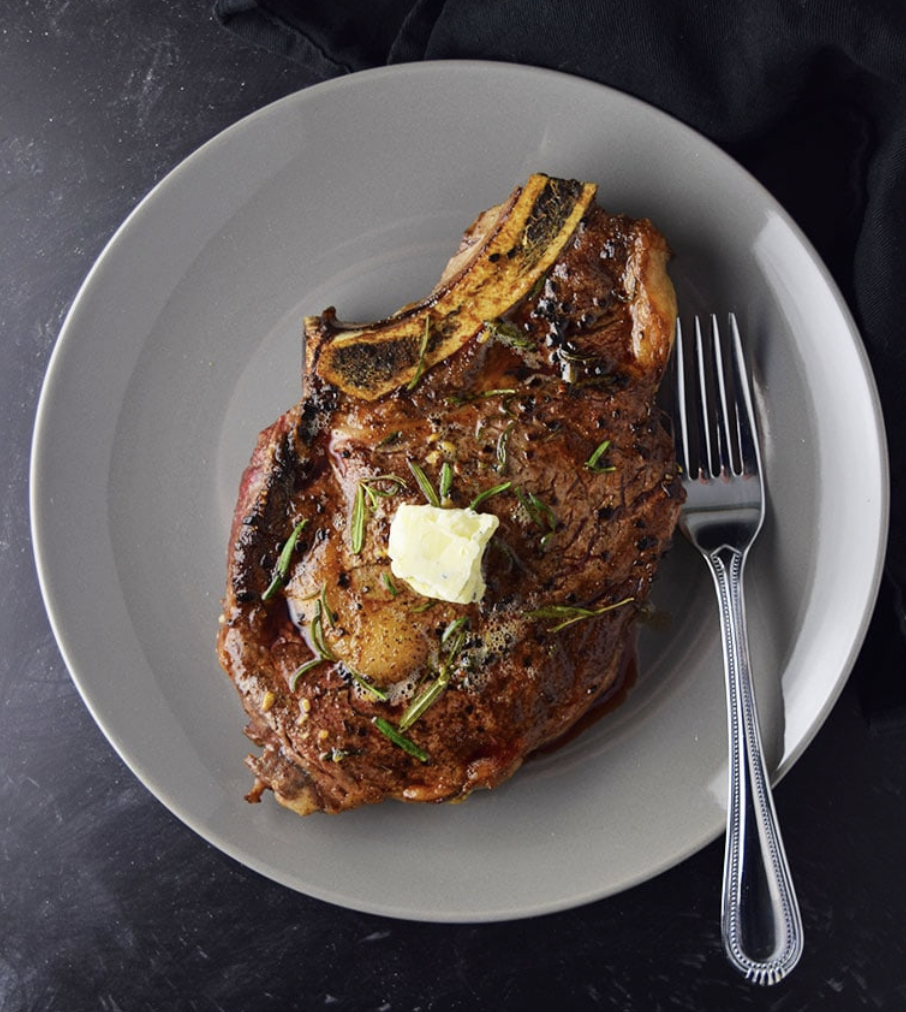Salmon fishing in Kodiak, Alaska relies on storms. Nice weather and calm seas are pleasant, but not typically as productive or profitable. The top salmon harvesters with the best equipment and a well trained crew will head straight for the eye of the storm and roll the grand dice. Salmon school in huge numbers during storms and run tight to shore, so if an outfit can keep the crew and the gear together, it’s an opportunity to scoop a substantial haul of fish. The most dangerous salmon seining situation is wind and waves blowing on shore. This gives small delays in gear retrieval or a minor breakdown of equipment the potential to quickly become catastrophic…..sometimes even requiring a Mayday call to the US Coast Guard. The safest situation is wind blowing offshore. Delays and mechanical breakdowns are not as time sensitive because the whole operation is headed for deep water swells and miles of ocean to fix or repair any issues. Either situation is a white knuckle adrenaline rush, constantly anticipating a change in wind direction.
During big low pressure storms, most of the fleet will be tied to the dock or anchored tight in a bay for a week riding out the storm. When the big boys make it back with a deck load of fish and the thousand yard stare, you know they earned it.
With that perspective, wind and rain does not stop us from going to the farmers market…..until the trees are bending. Here in the desert, we don’t have to be concerned with waves, at least. ![]()
On a drizzly day, one of my favorite comfort foods is our green chile pork sausage gravy served over butter-fried toast or homemade biscuits, topped with a poached egg. A cup of fresh ground coffee with a generous amount of honey and heavy cream perfects the occasion.
Come see us at the Phoenix markets this weekend! A generous stock of wild salmon, green chile pork sausage, local honey and much more will be available.
Enjoy the rain!
Kenny & Brenna
